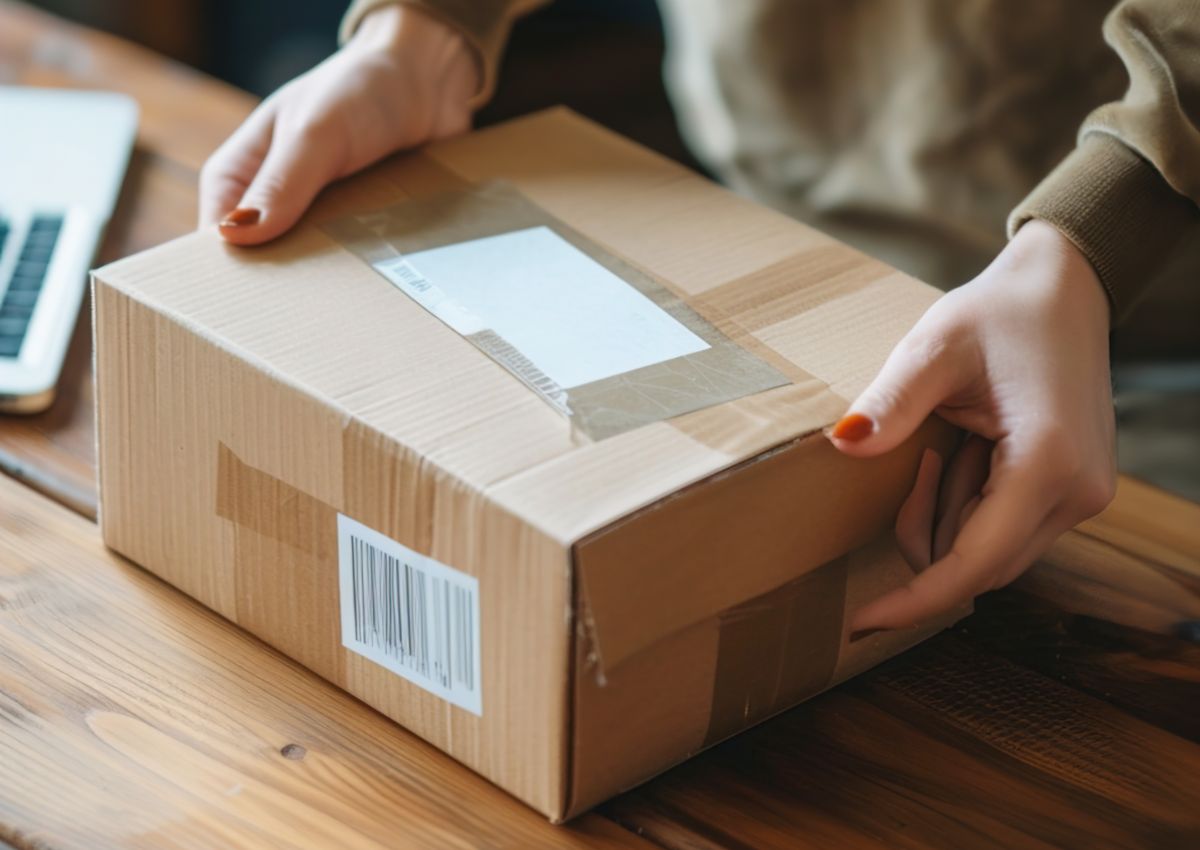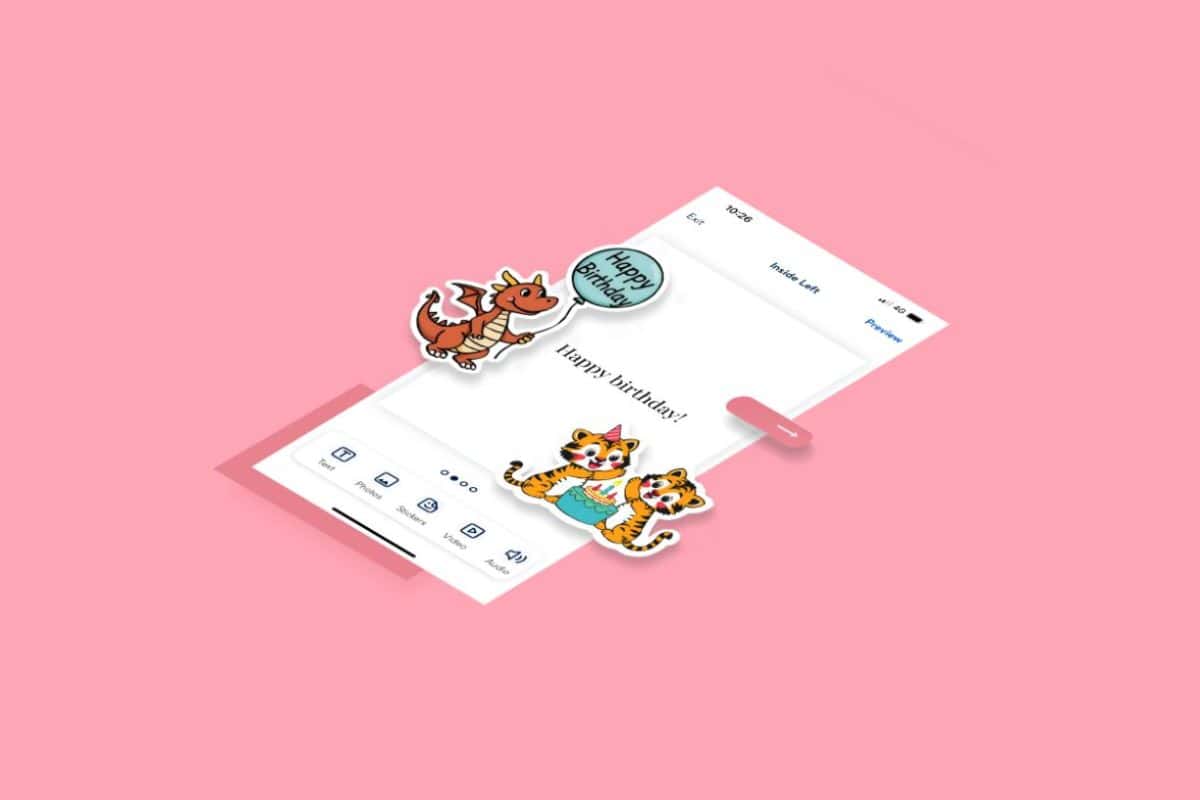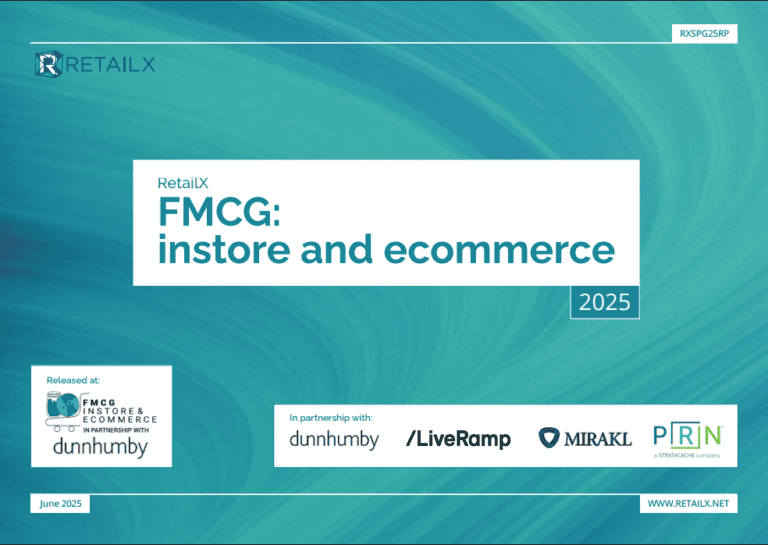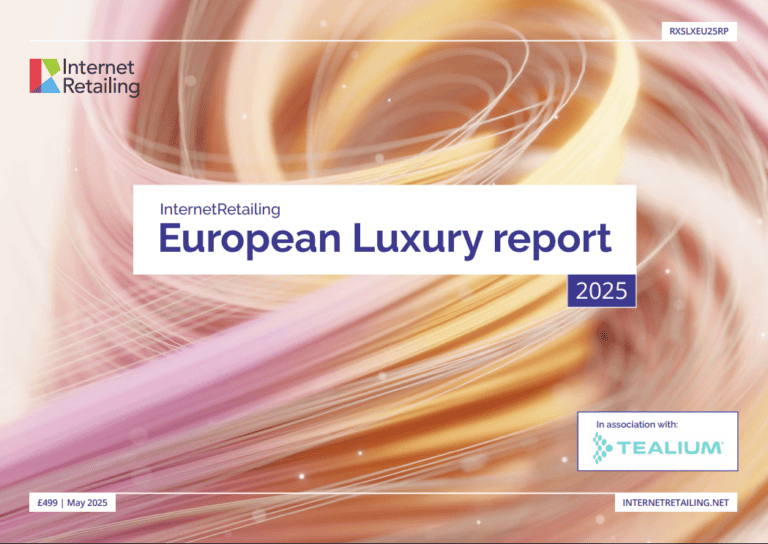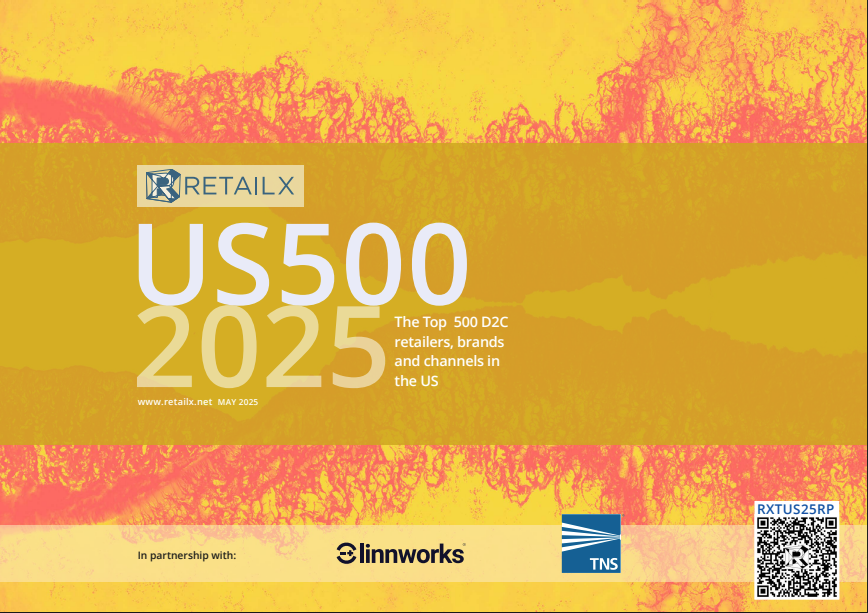The changing expectations around delivery came into focus through two new pieces of research out this week.
The third annual JDA/Centiro Customer Pulse Report Europe 2017, carried out by YouGov, calculated the upsell opportunities that click and collect services give to retailers. It found that almost a quarter (24%) of European adults online in countries surveyed who used the service bought another item while picking up their order. More than two fifths (42%) of respondents who had shopped online in the past 12 months had used click and collect.
The survey of 8,238 adults online across the UK, Germany, France and Sweden found that use of the service was particularly high in the UK, where 54% of respondents used Click & Collect, a big contrast to Germany, where only 28% used it.
The figures suggest a wider trend for customers spending more time in store. The survey found more than half (56%) of respondents across the European countries surveyed use their mobile devices in stores, rising to 69% in Sweden. The main reasons cited among the four markets for using a mobile device in store are to check or compare prices (30%), read product/service reviews (22%) and to access and redeem offers (15%).
“Physical footfall is becoming important again, and Click & Collect represents an important vehicle for retailers to make the most of all the hard work they’re putting into the in-store experience. An effective Click & Collect operation isn’t just for Christmas, however: it can help boost sales throughout the year,” said Lee Gill, group vice president, global retail strategy at JDA.
“It’s hardly surprising that the majority of European adults are using mobile devices in-store, whether that’s for seeking out special offers and discounts, or simply for entertainment while queueing. To make the most of this, retailers must be making every effort to weave mobile interactions into the in-store experience, for example through the use of mobile ‘push offers’ and beacons.”
Meanwhile, in its report, The New Delivery Paradigm, Accenture suggests that artificial intelligence, robotics, autonomous vehicles, data analytics and augmented reality and the Internet of Things all have a role to play across the supply chain, from automated collections through to routing algorithms and by using AI to place goods for faster and cheaper last-mile delivery – or even using drones and self-driving vehicles. Adopting such approaches could create value of up to $400m (£300m) a year for the average post and parcel organisation, the report suggests.
Brody Buhler, global managing director of the post and parcel industry group at Accenture, says that while some retailers and delivery organisations are experimenting with these technologies, and while start-ups are bringing new approaches, most companies are currently waiting to see what happens. “As they experiment with new models at very different cost profiles, it’s going to be important for all of these delivery organisations to be rotating to these new ways of doing things and taking full advantage of their digital legacy. Those that are standing on the sidelines watching and waiting, may have already played it too long. There is an urgency here that they are not realising, and are not particularly well-suited to take advantage of. Incumbent organisations are not nearly as agile as start ups that are entering, and retailers tend to be more agile as well.”
In the end, it is shopper expectations that will change the way consumers expect to buy – and in which they expect retailers to serve them. Buhler says: “Consumers have become less and less interested with who is bringing the parcel and more and more interested in can I get the features I want? Will it come when I want it, will it come as fast as I want it, can I control that delivery? Services such as DPD’s Predict, offer a much more mobile-enabled, controllable delivery experience. Expectations are evolving.”


